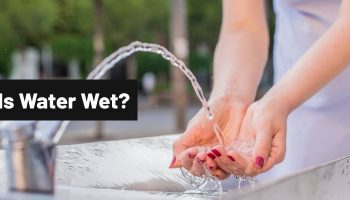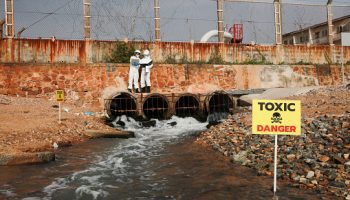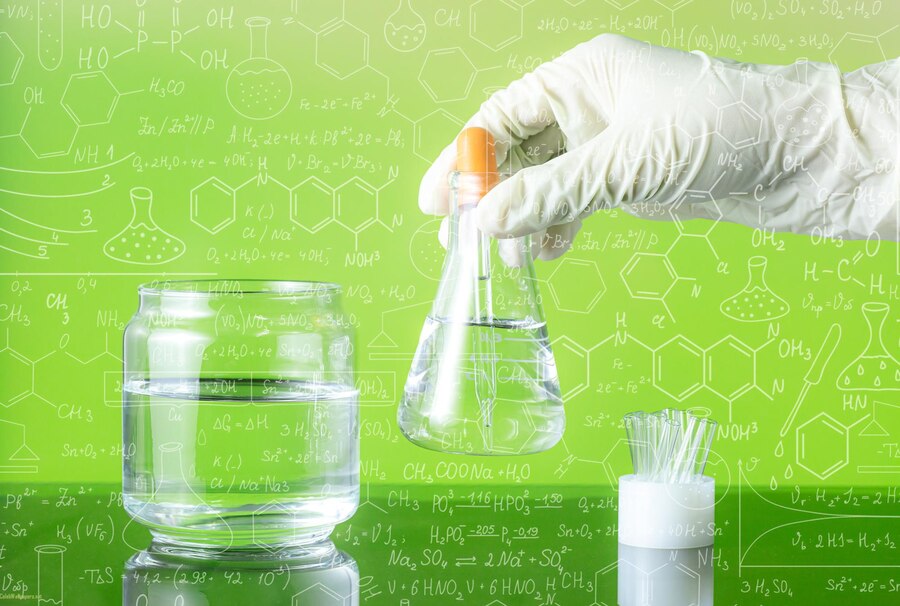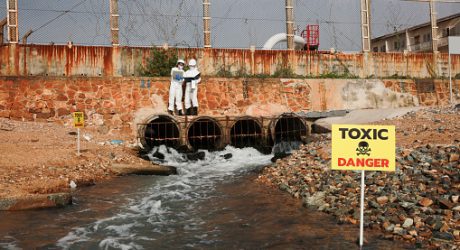Did you know that the average American uses 100 to 175 gallons of water per day? But how do you know about the quality of the water that you drink?
It is an issue that matters to everyone, but it is often rejected. This needs to change.
Often, we turn to water filters to make sure that we can trust our water. But what are the volatile organic chemicals in water that are harmful to your health?
There are common, harsh water contaminants that you need to know about when testing the water. Read on to learn more.
1. Xylene
Volatile organic chemicals are a large group of chemicals that evaporate easily at room temperature. They are also found in many common household products, such as cleaning supplies, paint thinners, and pesticides. VOCs can also be released into the air from burning fuel, such as gasoline.
VOCs can be harmful to your health if you are exposed to them for long periods. High amounts of VOCs might irritate the eyes and lungs after a brief exposure.
Additionally, it may cause headaches, vertigo, and memory issues. Furthermore, long-term exposure to VOCs can also lead to cancer.
The EPA has set maximum contaminant levels (MCLs) for some VOCs in drinking water. These MCLs are well-designed to provide public health protection.
It limits the amount of these chemicals that can be present in water supplies. However, MCLs are not always enforceable because testing for VOCs is expensive and challenging.
2. Chloroform
Chloroform (CHCl3) is a toxic and volatile organic compound that can exist in both liquid and gaseous forms. It is a byproduct of water treatment processes and industrial solvents.
Chloroform is commonly found in drinking water. It can accumulate in the environment via improper disposal of industrial solvents. Also, by incautious handling of consumer household products, and various industrial activities.
In water, they are present as a result of spills, leaks, and runoff from industrial operations. Drinking contaminated water is a particularly dangerous risk because chloroform can be absorbed through the skin.
It can also be found in the air from vehicle emissions, tobacco smoke, and the burning of coal and wood. Ingestion of chloroform can cause severe eye, nose, and throat irritation, it can also damage the central nervous system, and increase hazardous waste in the environment.
Long-term exposure to chloroform can lead to liver, kidney, and respiratory damage, as well as cancer in some cases. The good news is that most chloroform enters the water through human activities and can be removed to some extent through the use of activated carbon filters or reverse osmosis.
Read Also: Is Water Wet – The Answer To The Much Awaited Question Is Here!!!
3. Tetrachloroethylene
Volatile Organic Chemicals in water is a harsh contaminant. This can include tetrachloroethylene, which often enters the water from industrial processes and chemical manufacturing. When present in water, it can affect the taste, odor, and color of the water, as well as cause potential health risks for exposed populations.
Ingesting water with high concentrations of tetrachloroethylene can result in headaches, dizziness, and other adverse effects. Tetrachloroethylene is highly toxic to aquatic life, impacting a wide range of species when present in waterways. Long-term exposure to tetrachloroethylene in water sources can cause organ damage and, in extreme cases, cancer.
Remediation of water sources contaminated with C2Cl4 is of great importance and can be done through treatments involving activated carbon and air sparging. Removing C2Cl4 and other VOCs from water sources is essential to ensuring human health and long-term ecological balance.
4. Trichloroethylene
Trichloroethylene is one of the five major contaminants that can be found in water supplies like well water. It is a colorless, non-flammable liquid that is used in the production of chlorofluorocarbons and other chemicals. In humans, this chemical can cause adverse nervous system and kidney effects as well as liver damage.
It is especially harmful to pregnant women and can cause defects in unborn children. You can find this chemical in various pesticides and solvents, used chemical tanks, and are also released from burning fuels and in tobacco smoke. The EPA has identified it as one of the most likely chemicals to cause cancer in humans.
To avoid TCE contamination of water systems, it is essential to properly dispose of all chemicals and chemical products. Additionally, if you’re buying used chemical tanks, they should be properly inspected for any evidence of TCE contamination before you can use them. Finally, any environmental regulations or legislation about the use of TCE must be followed to ensure that it does not contaminate the water supply.
5. Carbon Tetrachloride
Volatile organic chemicals (VOCs) include carbon tetrachloride, a powerful industrial solvent that can be used to dry-clean fabrics. It is also found in fire extinguishers, metal cleaners, and stain removers.
In water, carbon tetrachloride can evaporate from surfaces and enter the air, making it hazardous to breathe. It is also known to irritate the skin, eyes, and respiratory system.
Long-term exposure to high levels of carbon tetrachloride can damage nerves, the liver, kidneys, and heart. In most cases, it may potentially cause cancer.
It can also cause reproductive problems. High levels can accumulate in soils, sediments, and groundwater and persist in the environment over time. Ingestion or inhalation of carbon tetrachloride can have fatal consequences, it is essential to avoid contact and dispose of it properly.
If found in drinking water, treatment processes such as adsorption are essential. Also, oxidation and carbon metabolism can be properly used to remove it from the water and reduce potential health risks.
Know The Volatile Organic Chemicals In Water
Volatile organic chemicals in water are serious contaminants. It can cause a range of health problems if left untreated. These harsh contaminants include xylene, chloroform, tetrachloroethylene, trichloroethylene, and carbon tetrachloride.
Thankfully, state and federal standards are in place to help ensure the quality and safety of public drinking water. If you’re concerned about VOCs in your water, consider renting a water testing kit from a specialty lab.
This will help you identify the specific types of contamination. Protect your family’s health today!
Did you find this article helpful? Be sure to check out our other blog posts.
Read Also:



























